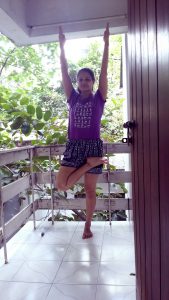Nature is about balance. When things go off-balance problems arise. A yoga practice is not complete without an element of balance in it.
In ‘Beyond Asanas‘ I talk about the significance of trees and why a pose is dedicated to trees. Trees have played an important role in the dissemination of knowledge from guru to shishya. I talk about the beginning of this parampara in Chapter 30 of Beyond Asanas: The Myths and Legends Behind Yogic Postures.
When you first start to practice the Vrikshasana focusing on balance is inevitable. However, I’ve seen students practicing it as though balance is all there is to it. Many teachers also encourage this notion. To aide the balance students are allowed to place the foot of their bent leg on the shin or next to the knee of the other leg. In one case I’ve seen a student rest the foot on top of the knee of the straight leg.
Balancing is only one aspect of this asana. The Vrkshasana, when practiced correctly requires you to engage the groin. The ability to do so has an impact on how well you can execute this posture. Try it yourself. The spine, the groin, the hips, the abdomen…all behave very differently depending on the placement of the foot of the bent leg. There is a unique ‘hold’ that occurs, the nature of which varies with the positioning of the bent leg.
Once you overcome the challenge of balance, you must start doing the internal work of the posture. What you must work on now is the mula bandha, which will bring more stability to the posture. The stronger the bandha, the taller and steadier you will be in the tree pose.
How To:
- Stand in Tadasana
- Shift your weight to your left leg.
- Place your right foot close to the groin, with your toes pointing down. Make sure the knee points outwards, to give your hips a wide opening.
- Keep your gaze focused and form a namaskar with your hands above your head.
- Repeat on the other side.
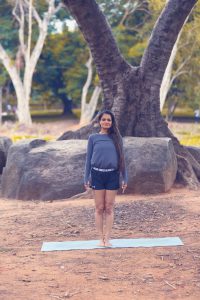
Start in the Tadasana. Keep the thighs engaged and rolled in. The body weight should be distributed evenly on both feet.
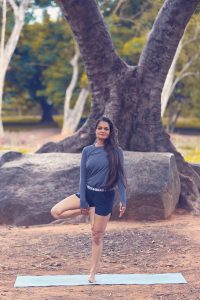
The position of the heel makes a difference to the practice of the asana. Don’t be content with resting the foot just anywhere on the leg. Work on getting it closer to the groin.
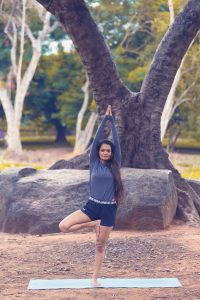
Read more about the benefits and contraindications of the vrikshasana in ‘Beyond Asanas: The Myths and Legends Behind Yogic Postures‘. The book was published this year by Penguin Random House. The book contains beautiful images of the asanas taken by Joel Koechlin, along with a foreword by Kalki Koechlin. Available on Amazon and Flipkart and at your nearest bookstore.
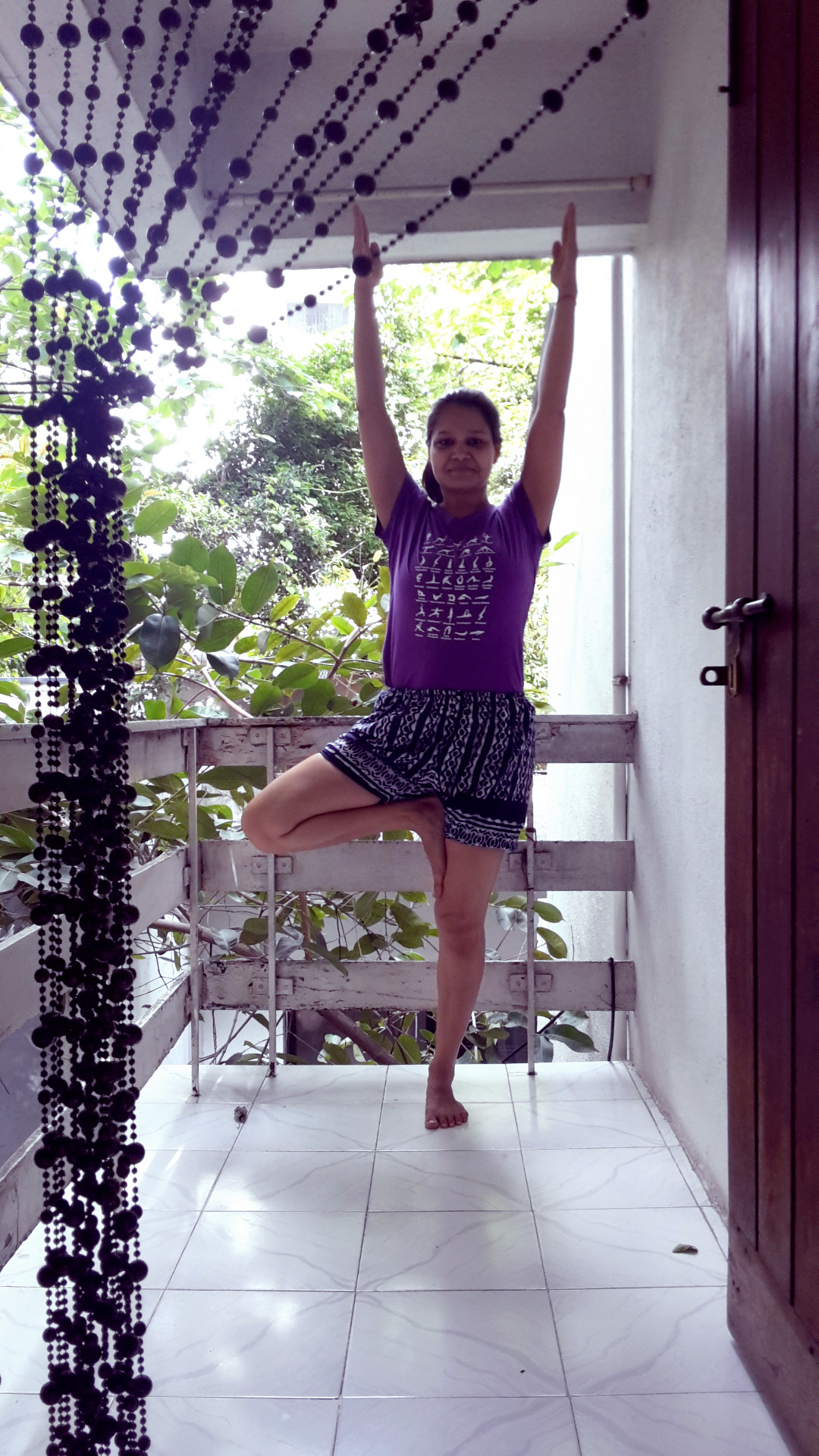
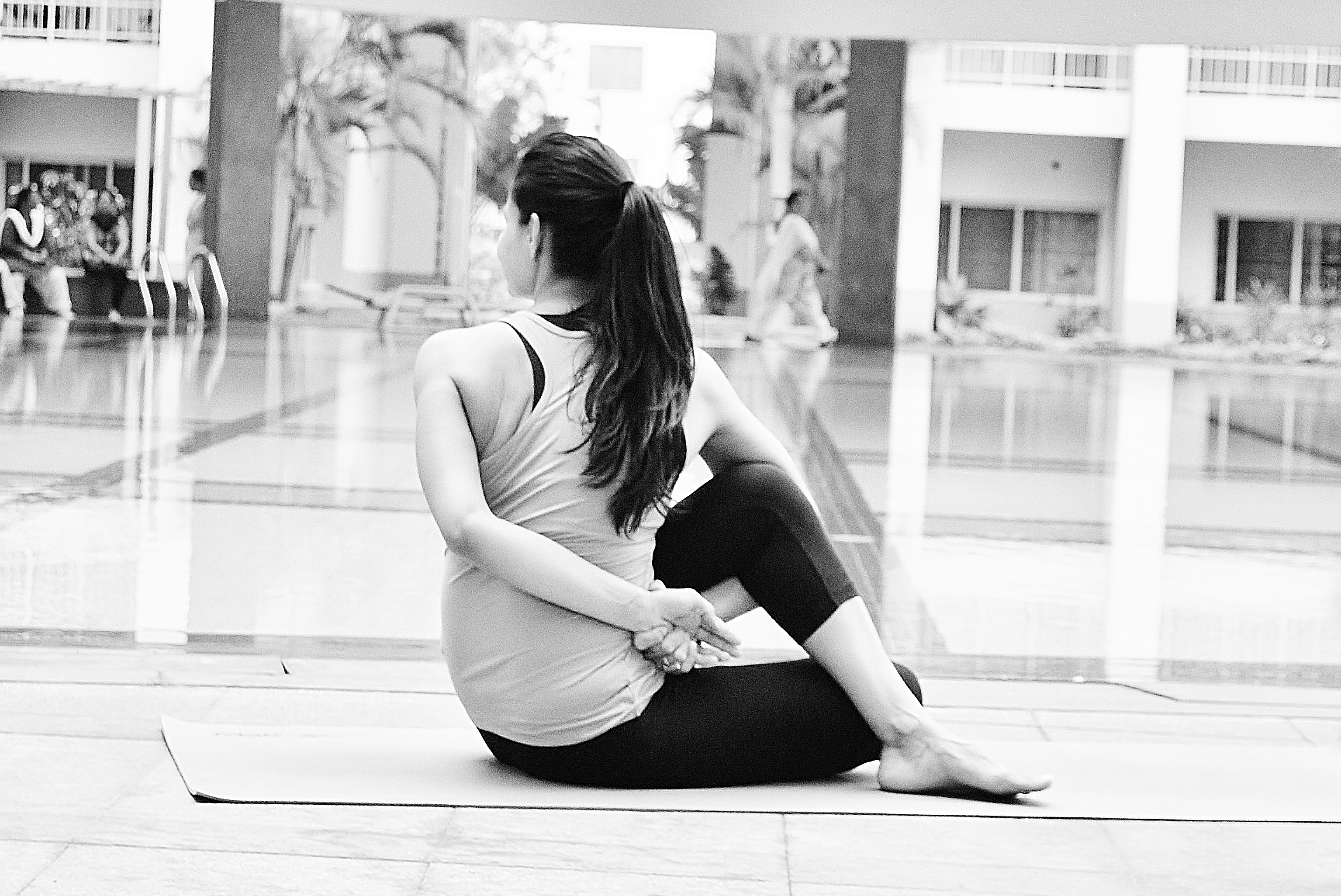
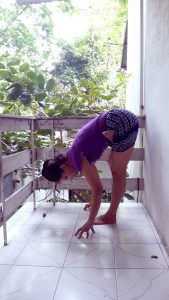 The Vrkshasana/Tree Pose is perhaps the first balancing posture that we learn in yoga class. Over the years I’ve heard a lot about the symbolism associated with this pose. The more common ones are to be rooted and strong and to find balance despite what is happening around you. But today Devki said be like a tree and provide shade and protection to all that come to you. A tree doesn’t judge a good person or bad, an animal or a human. It provides shade, protection and relief to one and all.
The Vrkshasana/Tree Pose is perhaps the first balancing posture that we learn in yoga class. Over the years I’ve heard a lot about the symbolism associated with this pose. The more common ones are to be rooted and strong and to find balance despite what is happening around you. But today Devki said be like a tree and provide shade and protection to all that come to you. A tree doesn’t judge a good person or bad, an animal or a human. It provides shade, protection and relief to one and all.